At this point, most of us have at least casual experience using ChatGPT. Whether it’s to help plan a trip, create an outline, or gather information, ChatGPT has a place in both our personal and professional lives. But how can you be sure it gives you the best information possible? Here are tips for crafting an effective ChatGPT prompt:
Be Specific and Clear
Clearly state what you want. Ambiguity can lead to unexpected results. For example, instead of asking, “Tell me about space,” you could ask, “Explain the process of star formation in space.”
Provide Context
Give background information or context if needed. This helps ChatGPT understand your request better. For instance, “I’m writing a sci-fi story; can you describe a futuristic city?” gives more direction.
Set the Tone or Style
Specify if you want the response in a particular tone, style, or format. For example, “Explain quantum physics in a conversational tone,” or “Summarize this article as a bullet-point list.”
Specify the Length
Indicate the desired length of the response, especially if you want something brief or detailed. For instance, “Give a two-sentence summary of the plot of The Great Gatsby.”
Iterate and Refine
Don’t hesitate to refine your prompt if the initial response isn’t quite what you wanted. You can build on previous interactions to get closer to your desired outcome.
Include Relevant Keywords
Use keywords related to your topic to guide the response. For instance, include terms like “sustainability,” “renewable energy,” or “carbon footprint” in a prompt about environmental topics.
Ask for Multiple Options
If you’re looking for ideas or variety, ask for multiple options. For example, “Can you provide three different ideas for a tech startup?”
Try these tips to help you craft prompts that yield more accurate and useful responses. Just remember to double-check the information and, when using it in a professional capacity, always make it your own!
